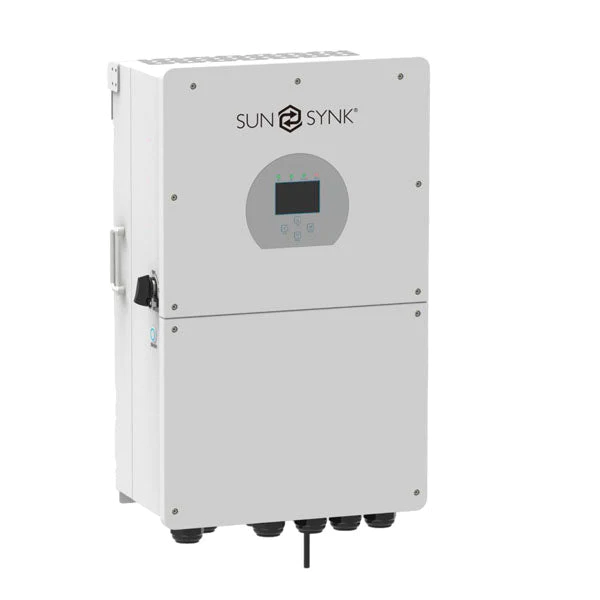The Evolution of Solar Inverters: Trends and Innovations (2020-2023)
Introduction
Solar inverters play a crucial role in converting direct current (DC) generated by solar panels into usable alternating current (AC) for our homes and businesses. Over the past four years, the solar inverter landscape has witnessed significant changes, impacting both costs and technology. In this blog, we explore the trends from 2020 to 2023, shedding light on the fascinating world of solar inverters.
2020: A Diverse Market
Residential Inverters
- Single-Phase Inverters: In 2020, the average cost of single-phase solar inverters for residential installations varied widely. Prices typically ranged from $500 to $1,500. These inverters were suitable for smaller systems and single-family homes.
- Three-Phase Inverters: For larger systems, such as commercial or industrial setups, three-phase inverters were essential. Their price tag fell between $1,500 and $5,000.
2021: The Rise of Hybrid Inverters
- Hybrid Inverters: The market saw increased demand for hybrid inverters in 2021. These innovative devices combine solar functionality with battery management. Homeowners embraced them for their ability to store excess solar energy and power homes during cloudy days or at night. Hybrid inverters were priced between $1,000 and $3,000.
- String Inverters: String inverters remained popular for grid-tied systems. Their prices remained relatively stable, similar to the previous year.
2022: Efficiency and Cost Improvements
- Technological Advancements: By 2022, solar inverter costs continued to decline due to technological advancements and economies of scale. Manufacturers focused on improving efficiency, reliability, and overall performance.
- Single-Phase String Inverters: These inverters became more affordable, with an average cost ranging from $400 to $1,200. They were ideal for residential rooftops and small-scale installations.
- Microinverters and Power Optimizers: High-efficiency microinverters and power optimizers gained traction. These devices maximize energy harvest by optimizing each solar panel’s output. Homeowners appreciated their flexibility and reliability.
2023: Reliability and Integration
- String Inverters Persist: In 2023, the trend toward more efficient and reliable inverters continued. Single-phase string inverters remained competitive, with an average cost of $300 to $900. These inverters were reliable workhorses for residential and small commercial projects.
- Hybrid Inverters with Battery Management: Hybrid inverters with integrated battery management capabilities became increasingly popular. Priced between $1,500 and $4,000, they allowed homeowners to store excess solar energy and use it during peak hours or emergencies.
Conclusion
The solar inverter landscape has evolved significantly over the past four years. As technology advances and costs continue to decrease, solar energy becomes more accessible to households and businesses alike. Whether you’re considering a rooftop installation or a large-scale solar project, understanding these trends empowers you to make informed decisions for a cleaner, greener future.

No responses yet